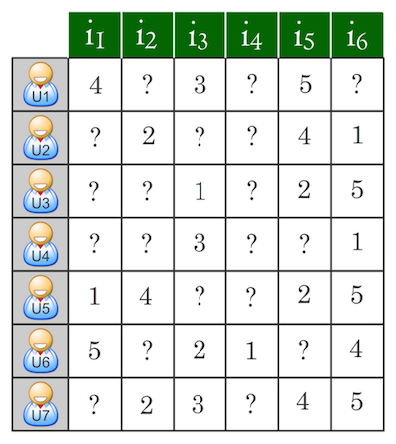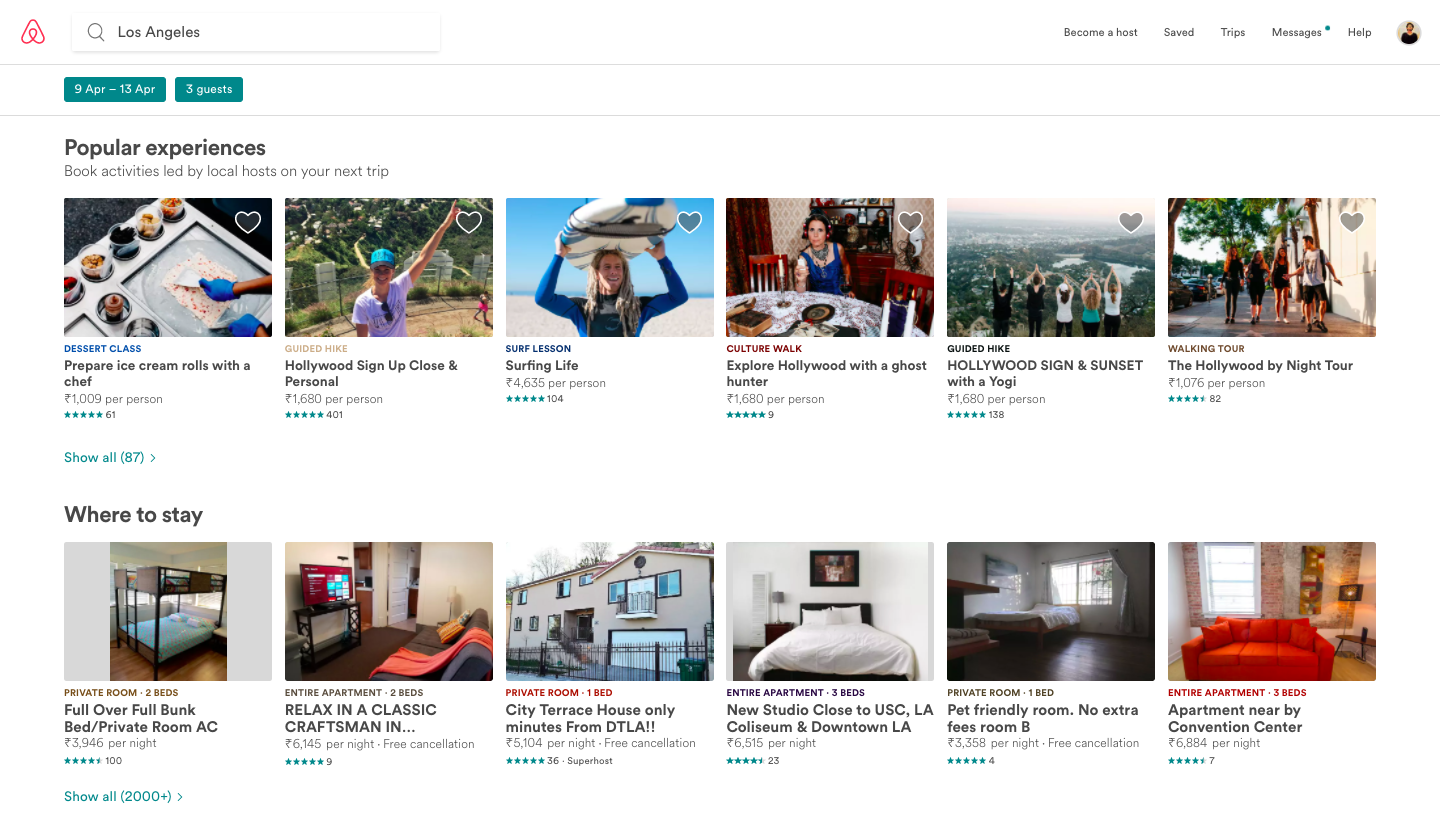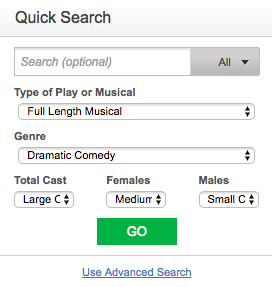Almost everything we buy or consume today is influenced by some form of recommendation; whether that's from friends, family, external reviews, and, more recently, from the sources selling you the product. When you log on to Netflix or Amazon Prime, for example, you will see a list of movies and television shows the service thinks you will like based on your past watching (and rating) history. Facebook suggests people it thinks you may know and would probably like to add. It also curates a News Feed for you based on the posts you've liked, the people you've be-friended, and the pages you've followed. Amazon recommends items to you as you browse for a particular product. It shows you similar products from a competing source and suggests auxiliary items frequently bought together with the product.
So, it goes without saying that providing a good recommendation is at the core of successful business for these companies. It is in Netflix's best interests to engage you with content that you love so that you continue to subscribe to its service; the more relevant the items Amazon shows you, the greater your chances – and volume – of purchases will be, which directly translates to greater profits. Equally, establishing friendship is key to Facebook's power and influence as an almost omnipotent social network, which it then uses to churn money out of advertising.
In this introductory chapter, we will acquaint ourselves with the world of recommender systems, covering the following topics:
- What is a recommender system? What can it do and not do?
- The different types of recommender systems























































 ij), it is highly likely that i will love j should they discover it through the system.
ij), it is highly likely that i will love j should they discover it through the system.
























